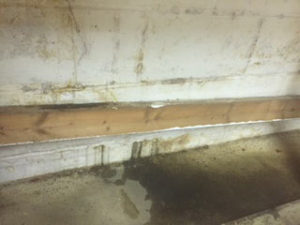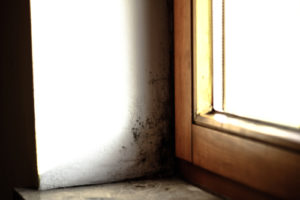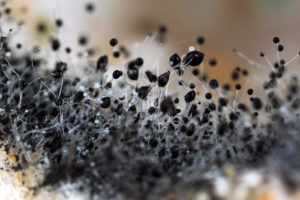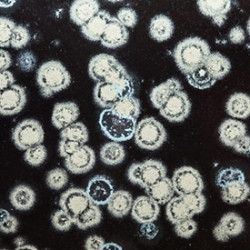Is It Mold or Mildew? Part Two

Is It Mold or Mildew?
Like bed bugs, mold or mildew can be found anywhere. The fungus isn’t particular about where it grows whether it’s a home, condo, apartment, restaurant, or five-star resort. If moisture is present and unattended, mold and mildew will make its presence known with visible discoloration on walls, ceilings, under sinks, in laundry rooms, around doors and windows, and baseboards.
Manhattan Mold Removal
If you have signs of discoloration but not sure what it is, a simple test will help solve the mystery. In most cases, carefully applying a drop or two of bleach on the affected area will produce the answer. Once the bleach is applied and allowed to sit for about five minutes, the affected area should turn in color. If it becomes lighter, that means mildew is present. If it remains dark, that means mold.
Mold, Mildew and Your Health
Neither mold nor mildew is healthy inside the home as both have aerial spores that are easily inhaled.
Mildew may cause reactions such as having a sore throat, headaches, respiratory problems, and coughing.
Mold causes the same reactions as mildew along with nasal congestion, allergic reactions, dizziness, inflamed and painful joints, extreme fatigue, and depression, to name just a few.
Due to the danger involved in dealing with mold, it’s recommended to use a professional service.
Manhattan mold removal is easily taken care of with help from Stern Mold. We have years of experience in the area of mold remediation and we have the technology and treatments to eliminate the problem. Get your home free and clear of potential health issues by scheduling an appointment for a free inspection at your earliest convenience.



